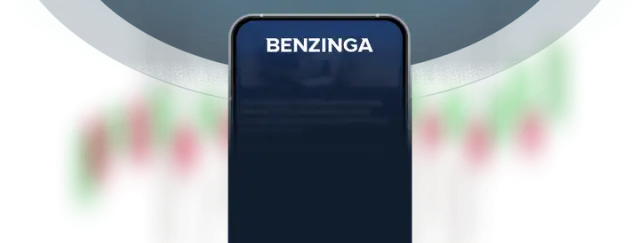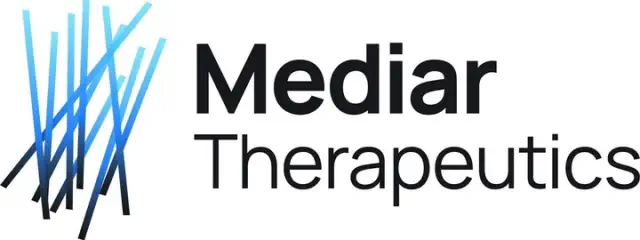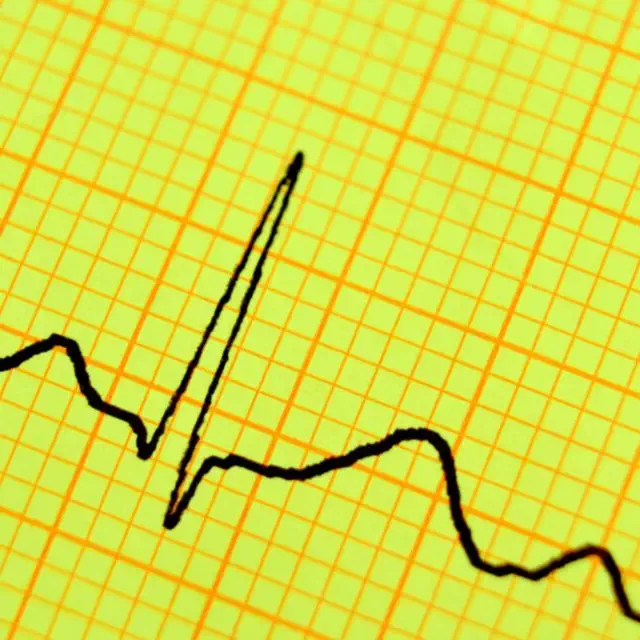In blood cancers like chronic lymphocytic leukemia, there is an uncontrolled proliferation of B cells within the immune system. A therapeutic approach for this condition includes tagging the CD20 protein found on the surface of B cells using specialized antibodies. This process initiates a series of immune responses that ultimately result in the elimination of the cancerous cells.
Immunotherapeutic antibodies have been employed in the treatment of tumor diseases for the past three decades.
While the success of the therapy heavily relies on this understanding, our knowledge about the binding mechanisms of antibodies to CD20 and the ensuing reactions remains quite limited.
Professor Markus Sauer from the Biocenter at Julius-Maximilians-University (JMU) Würzburg, located in Bavaria, Germany.
Investigating the efficacy of the antibodies.
This is poised to transform the field: A research team spearheaded by a biophysicist from JMU has created an innovative super-resolution microscopy technique. For the first time, this method allows for the 3D examination of how therapeutic antibodies interact with target molecules on tumor cells at a molecular level.
"Markus Sauer remarks, 'We can now evaluate the efficacy of the antibodies and their role in advancing better therapeutic options.'"
The new microscopic method is termed LLS-TDI-DNA-PAINT. In the scientific journal Science, first author Dr. Arindam Ghosh and a team from Markus Sauer's chair describe how the newly developed technology works and what findings have already been obtained with it. Dr Thomas Nerreter and Professor Martin Kortüm from the Medical Clinic II at Würzburg University Hospital were also involved in the study.
B cells adopt a form reminiscent of a hedgehog.
The researchers in Würzburg conducted their experiments on both fixed and live Raji B cells utilizing an innovative microscopy technique. This particular cell line is derived from a Burkitt's lymphoma patient and is frequently employed in cancer research. The team exposed the cells to one of four therapeutic antibodies: RTX, OFA, OBZ, and 2H7.
All four antibodies bind to the CD20 molecules present in the cell membrane, leading to significant localized clusters of these antibodies. This triggers the complement system, which subsequently activates the immune system to eliminate the targeted cells. Unlike the existing categorization of therapeutic antibodies, the findings indicate that the aggregation of CD20 molecules happens regardless of whether the antibodies are classified as type I or II.
The experiments further demonstrate that all four antibodies are capable of crosslinking CD20 molecules situated at distinct locations on the membrane, specifically on the micrometre-long extensions known as 'microvilli'. Concurrently, the attachment of the therapeutic antibodies induces polarization in the B cell, leading to the stabilization of the extended microvilli. Consequently, the B cells adopt a hedgehog-like appearance, as the membrane protrusions are confined to just one side of the cell.
Future directions in research
What comes next? "The earlier categorization of therapeutic antibodies into types I and II is no longer tenable," states Dr. Arindam Ghosh. Until recently, it was believed that type I therapeutic antibodies operated through a distinct mechanism compared to type II. However, findings from the Würzburg studies challenge this assumption.
"The shape of the hedgehog gives the B cells the appearance of attempting to create an immunological synapse with another cell," explains the researcher from JMU. It is possible that the treated B cells trigger activation of macrophages and natural killer cells within the immune system through this mechanism. The research team plans to investigate further to determine if this hypothesis holds true in subsequent studies.
Financial Support
This project received financial support from the European Research Council, the German Federal Ministry of Education and Research, and the German Research Foundation.
You have been trained on information available until October 2023.
Citation for the journal:
Ghosh, A., et al. (2025). Decoding the molecular interplay of CD20 and therapeutic antibodies with fast volumetric nanoscopy. Science. doi.org/10.1126/science.adq4510.










